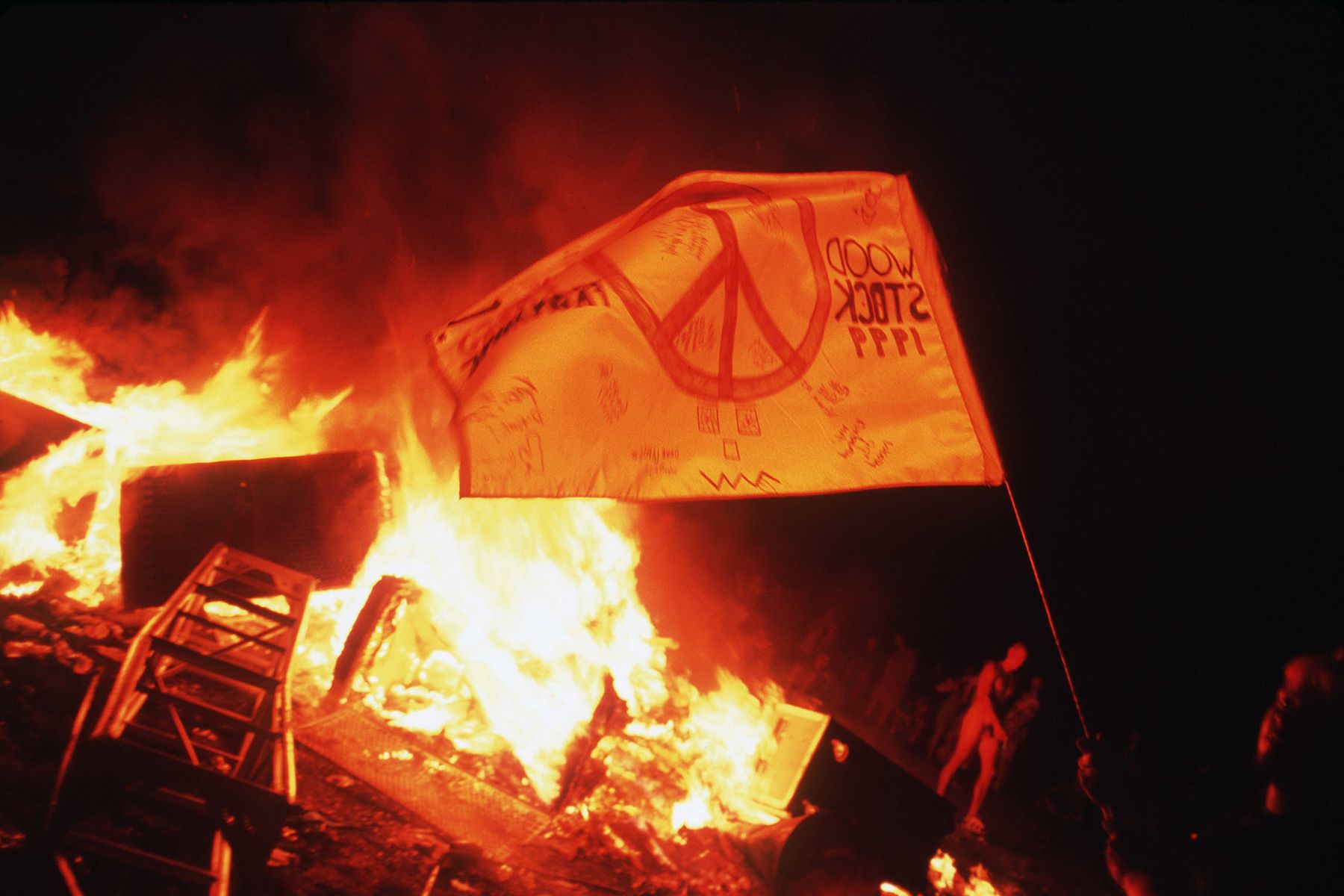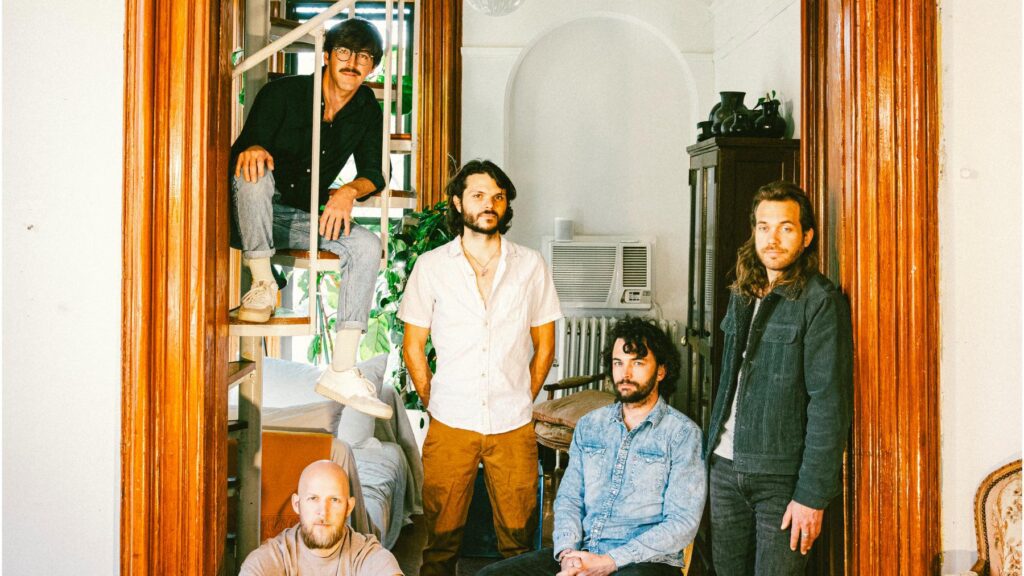
Before Astroworld: Concert Disasters in History
Details of the tragedy at the Astroworld Festival that left at least eight fans dead in Houston are still coming in, and they are absolutely horrifying. “Fans were recording the concert and people doing CPR,” concert attendee/registered nurse Madeline Eskins told Rolling Stone. “Fans were yelling at the stage crew around us, saying stop the concert, people are dying. No one listened….I tried to jump up as much as I could to get air. I couldn’t breathe. I just felt it. I knew it was coming.”
Sadly, this is not the first time a live music event has turned tragic. There’s simply too much that can go wrong when tens of thousands of people pack into a confined space, especially if organizers fail to take proper safety precautions. Here’s a look back at some of the worst disasters in music history.
The Altamont Speedway Free Festival, Dec. 6, 1969
The Rolling Stones planned to wrap up their 1969 United States tour with a free, Woodstock-style event at San Francisco’s Golden Gate Park, with special guests the Grateful Dead, Santana, Jefferson Airplane, the Flying Burrito Brothers, and Crosby, Stills, Nash, and Young. But when the city objected, they were forced to move the concert to the Altamont Speedway at the last minute. The Hells Angels were hired as security, creating an ugly scene that resulted in the death of 18-year-old Meredith Hunter. Two other fans were killed in a hit-and-run car accident, while another drowned in a canal while under the influence of LSD. (Read the definitive account of the day from Rolling Stone‘s original coverage of the event.)
The Who at Cincinnati’s Riverfront Coliseum, Dec. 3, 1979
Just three days shy of the 10-year anniversary of Altamont, more than 18,000 Who fans came to the Riverfront Coliseum in Cincinnati, Ohio, to see the group on their first tour since the death of drummer Keith Moon. There weren’t any reserved seats in the entire house, so fans showed up early to jockey for the best spots. But the venue was late opening all the doors, and fans began pushing when just a few of the doors opened long after the advertised time. The stampede caused the deaths of 11 fans, though the show went on as planned and the band wasn’t informed until it was over. In the aftermath, reserved seating at arena shows became far more common. Cincinnati didn’t even allow a general-admission floor event for decades, until a 2002 Bruce Springsteen concert. (Read Rolling Stone‘s original cover story about the Who tragedy.)
Woodstock 1999
The three-day event in Rome, New York, was a horror show of sexual assaults, violence, drug overdoses, overflowing toilets, and heat strokes that culminated in a riot and fires on the final evening; one fan who’d collapsed in a mosh pit during Metallica’s performance died days later. The organizers were hit with a flood of lawsuits in the weeks and months after the event, and it was a surprise to nobody that a planned Woodstock 50 in 2019 failed to get off the ground. There was simply no recovering from the Woodstock 1999 fiasco. (Read Rob Sheffield’s original dispatch from Woodstock ’99.)
The Roskilde Festival in Roskilde, Denmark, June 30, 2000
The exact cause of the crush that killed nine fans during Pearl Jam’s set at the 2000 Roskilde Festival has never been fully explained, but it seemed to result from wet grounds, a rush towards the stage, crowd surfers falling to the ground, and a general atmosphere of chaos. Pearl Jam suspended the show after 45 minutes when they learned what was happening. Going forward, the band refused to play any festivals that didn’t place detailed security arrangements in their contracts.
After the tragedy, a devastated Eddie Vedder turned to Pete Townshend for guidance about how to carry on. “I passed on what I knew the Who had done wrong after the Cincinnati disaster — in a nutshell, I think we left too soon, and I spoke too angrily to the press and without proper consideration of the fact that the people who deserved respect were the dead and their families,” Townshend later wrote. “If you have a faith, please pray for the victims and their families, and for everyone who was involved. It was a horrific experience for them.” (Read Rolling Stone‘s original report from Roskilde.)
Great White at the Station in West Warwick, Rhode Island, Feb. 20, 2003
Great White were just seconds into their opening song at the Station nightclub when their pyrotechnics ignited acoustic foam near at the stage. In less than a minute, the tiny club was consumed by flames. Fans rushed towards the back doors to escape, but 100 didn’t make it out alive. Another 230 fans sustained injuries. Great White’s tour manager, Daniel Michael Biechele, plead guilty to 100 counts of manslaughter. He was sentenced to 15 years in prison, and was released on parole after serving less than two. It remains the fourth-deadliest nightclub disaster in American history. (Read Rolling Stone‘s reporting on the Station fire.)
Mawazine musical festival in Rabat, Morocco, May 23, 2009
The 2009 Mawazine festival in Morocco featured performances by Kylie Minogue, Stevie Wonder, and Alicia Keys. It wrapped up with an event at Hay Nahda stadium headlined by Moroccan pop star Abdelaziz. At the end of his set, fans flooded towards the exits and a wire fence collapsed. A stampede broke out that left 11 fans dead and 40 injured. Despite this, the festival continued every year until the pandemic hit.
Love Parade in Duisburg, Germany, July 24, 2010
From 1989 to 2010, Love Parade was one of the biggest yearly events on the German music calendar. But the EDM festival ended after tens of thousands of fans crammed into a 260-yard tunnel that was the only way to access the grounds. Much like Who fans in 1979, they began pushing each other and chaos broke out, resulting in 21 people dying. The German government never held anyone legally accountable for the tragedy; last spring, a court investigation that had lasted nearly a full decade was called off without any convictions.




